Body Image No. 1
D, A, T (Spiral), ST, S, CI, Sh (Spiral), Th, K, L
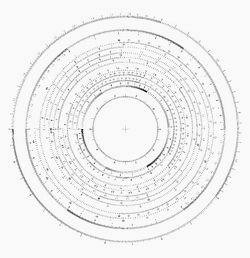
 CLICK to Download the PDF CLICK to Download the PDF
Here is the first of three templates for circular slide rule backgrounds.
This one is for a general-purpose rule, except that hyperbolic functions
are present, and log-log scales omitted. This is peculiar, but it is intended this rule will be used in conjunction with the one with two four-decade log-log scales, normal and reciprocal, as part of a set.
|
Body Image No. 2
D, A, M (Spiral), CI P, vP, rI, LL, L
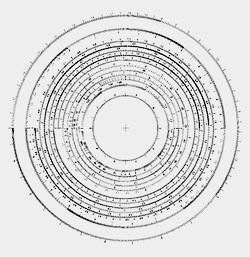
 CLICK to Download the PDF CLICK to Download the PDF
This is the second of three possible backgrounds for the circular slide rule.
This one features a logarithmic scale for multiplication that makes five
turns around the rule. Unlike earlier versions of my circular slide rule, I
put it far enough towards the outside that I could graduate it for a 20
inch rule instead of as for a 10 inch rule. Given the binary capability of the overlay design, it can indeed be used
for accurate multiplication.
|
Body Image No. 3
D, A, LL+ (Spiral), LL- (Spiral), K, L

 CLICK to Download the PDF CLICK to Download the PDF
This is the third of three backgrounds for the circular slide rule. This
one contains conventional log-log and inverse log-log scales. The log-log
scales, but not the inverse log-log scales, are graduated for a 20" rule,
except the last little bit.
|
Overlay/Cursor Image
C, B, K Scales
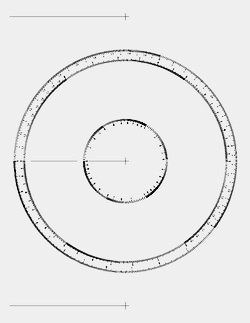
 CLICK to Download the PDF CLICK to Download the PDF
This file is the one that needs to be printed on clear plastic as the
overlay for the family of three circular slide rules. Note the cursor line
on the main disc, as well as the cursor templates (for which no border is
given). This allows the rule to be used both in the simple fashion of a
conventional slide rule for combinations involving one of the scales on the
overlay, and as a "binary" type slide rule for any arbitrary pair of scales
on the base as well.
|

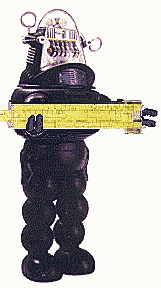


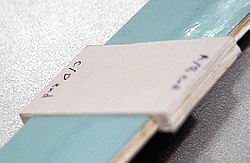
















 You are visitor number
You are visitor number